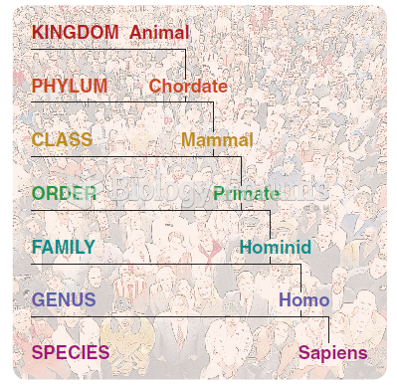Answer to Question 1
Over the past few decades, women have made enormous strides in terms of workplace equality. But several large-scale studies confirm that women continue to face daunting discrimination in terms of both pay and promotions. While unfair treatment has been an issue for many years, recent legal changes have made it easier for women to sue, costing companies millions of dollars in the past decade alone. And the flood of lawsuits shows no sign of slowing. Many women have responded to the unfriendly business environment by leaving the workforce; droves of highly qualified, professional women step out of the workforce early-usually to raise children, start their own companies, or pursue other interests. As a result, we are experiencing a harmful, ongoing brain drain. Human resource managers can help mitigate this issue by implementing specific retention plans for valued women workers and by taking proactive steps to reintegrate returning women back into the workforce.
Answer to Question 2
As the oversized Baby Boomer generation begins turning 60, their employers, which include virtually every major American company, face a potential crisis: the loss of key talent and experience through massive retirements. Enlightened companies have responded with programs to retain their best employees through flexible schedules, training opportunities, and creative pay schedules.
As twenty-somethings enter the workforce, they often bring optimism, open minds, technological know-how, a team orientation, and a multicultural perspective. But many also bring an unprecedented sense of entitlement. This translates into startlingly high expectations for their pay, their responsibilities, and their job flexibility, but little willingness to pay dues. Most have no expectation that their employers will be loyal to them, and they don't feel that they owe their companies strong loyalty. Managing this group can be a challenge, but companies that do it well stand to deliver results for years to come.







